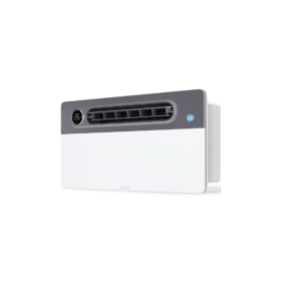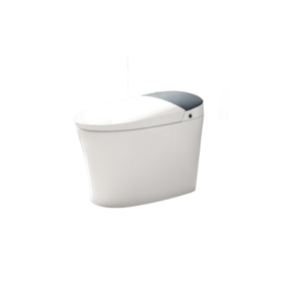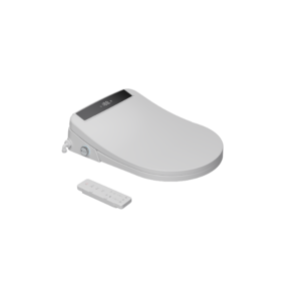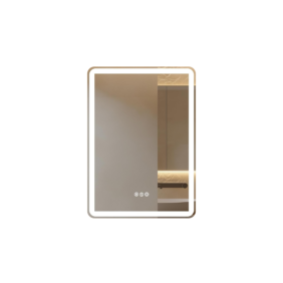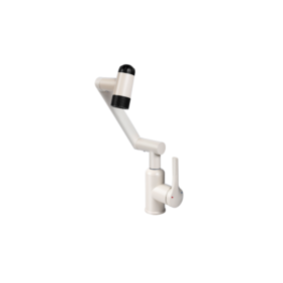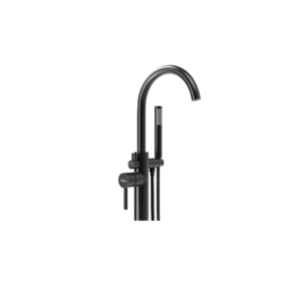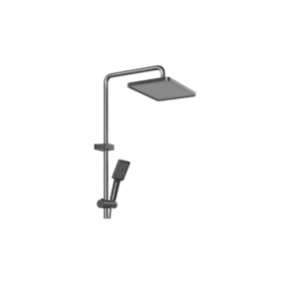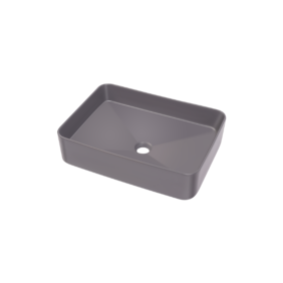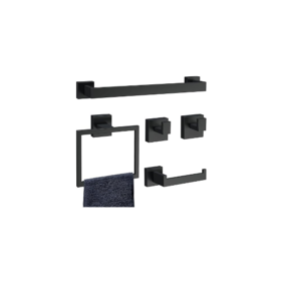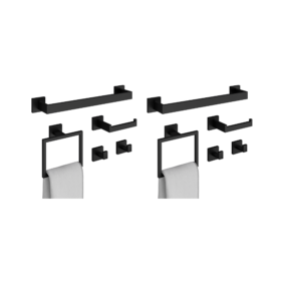
Home / Blog Center / Chargers / Waterproofing 101: Myths and Misconceptions in Kitchens Without Floor Drains
Waterproofing 101: Myths and Misconceptions in Kitchens Without Floor Drains
06/03/2025 | Hawkrown
In a household, aside from the bathroom, the kitchen is the area most exposed to water, which raises the requirements for its renovation. Therefore, waterproofing in the kitchen should not be overlooked. Below, we will introduce some common misconceptions about waterproofing in kitchens without a floor drain.
Common Misconceptions about Waterproofing in Kitchens without a Floor Drain
Many people believe that a kitchen doesn’t need a floor drain or waterproofing, which is a misconception. In fact, the kitchen is a key area for waterproofing. While washing vegetables, a significant amount of water can spill out, and prolonged exposure can lead to leakage through the seams, resulting in water issues. Thus, it is essential to implement waterproofing measures and install a floor drain in the kitchen.
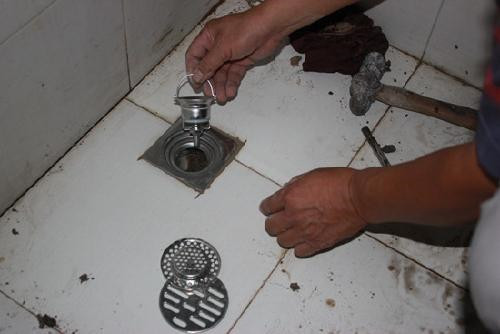
Although the chances of water leakage in the kitchen are relatively low, the potential damage from any leakage can be substantial. For instance, if the kitchen faucet leaks, it can cause water to splash everywhere. Without waterproofing, this can lead to water seeping down to the floor below, causing even greater losses.
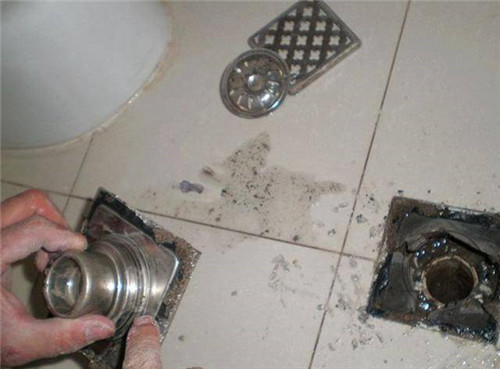
How to Waterproof the Kitchen
1. First, clean the area where construction will take place, and moisten it with water. However, ensure there is no standing water, as this could affect later construction.
2. When applying the waterproof layer, be sure that the base surface is free of irregularities such as bumps and voids, and that the moisture content is less than 10%. The waterproof layer must adhere securely without bubbles or wrinkles, and the drainage outlet must be unobstructed.

3. Before starting waterproofing construction, ensure that the drainage channels are properly installed and the base is clean. Apply a layer of cement slurry before applying the waterproof material, and consider waterproofing the walls first.
4. During floor renovation, it’s easy to damage the waterproof layer. If it is not repaired promptly, leakage may occur later on.
5. Ensure that the waterproof materials used are environmentally friendly, and that the products have proper certification.
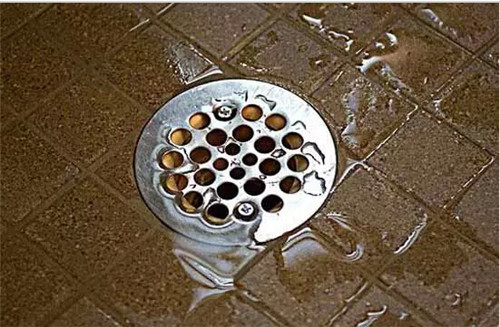
In summary:we have introduced some common misconceptions regarding waterproofing kitchens without a floor drain. The kitchen is indeed a critical area for waterproofing, as a significant amount of water can spill out while washing vegetables. Therefore, it is crucial to implement waterproofing measures and install a floor drain. For more related knowledge, feel free to follow our website for inquiries.


